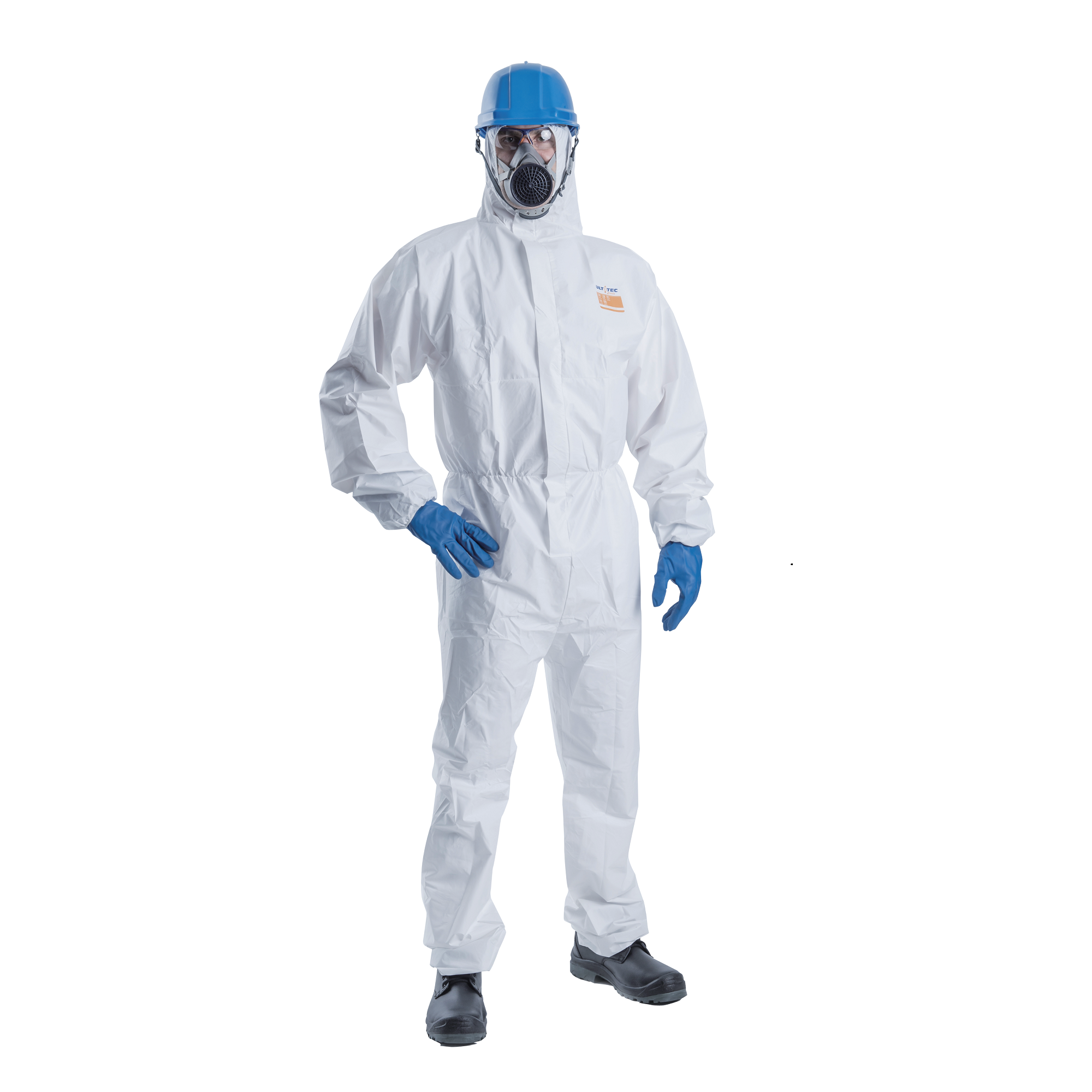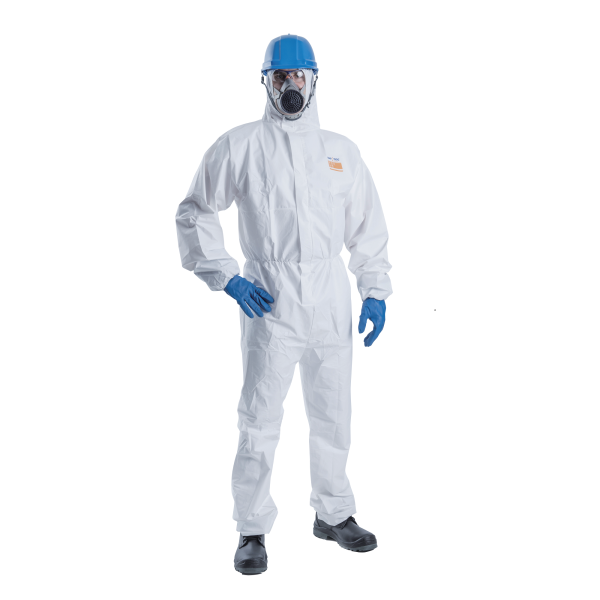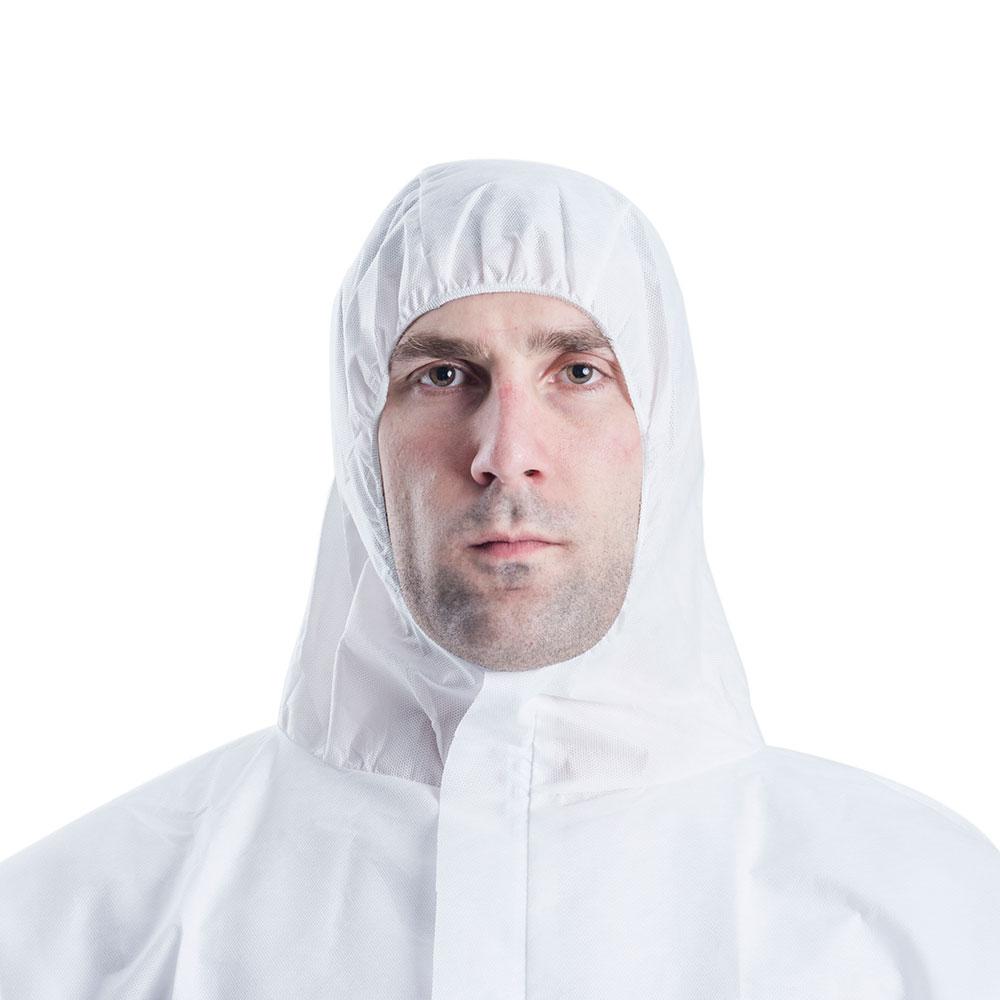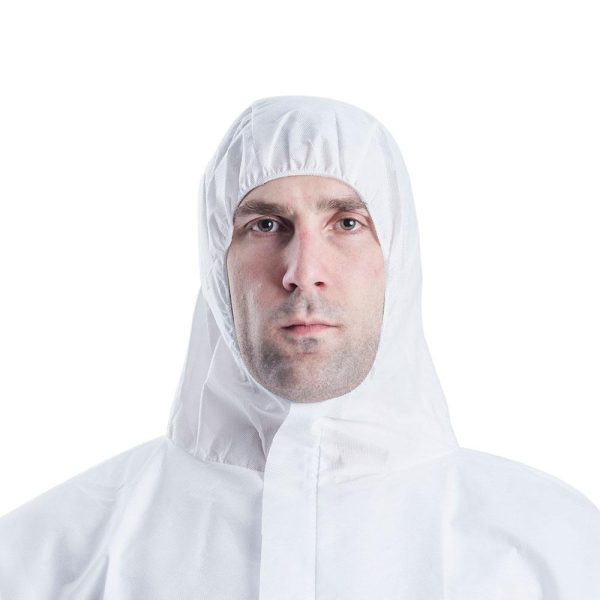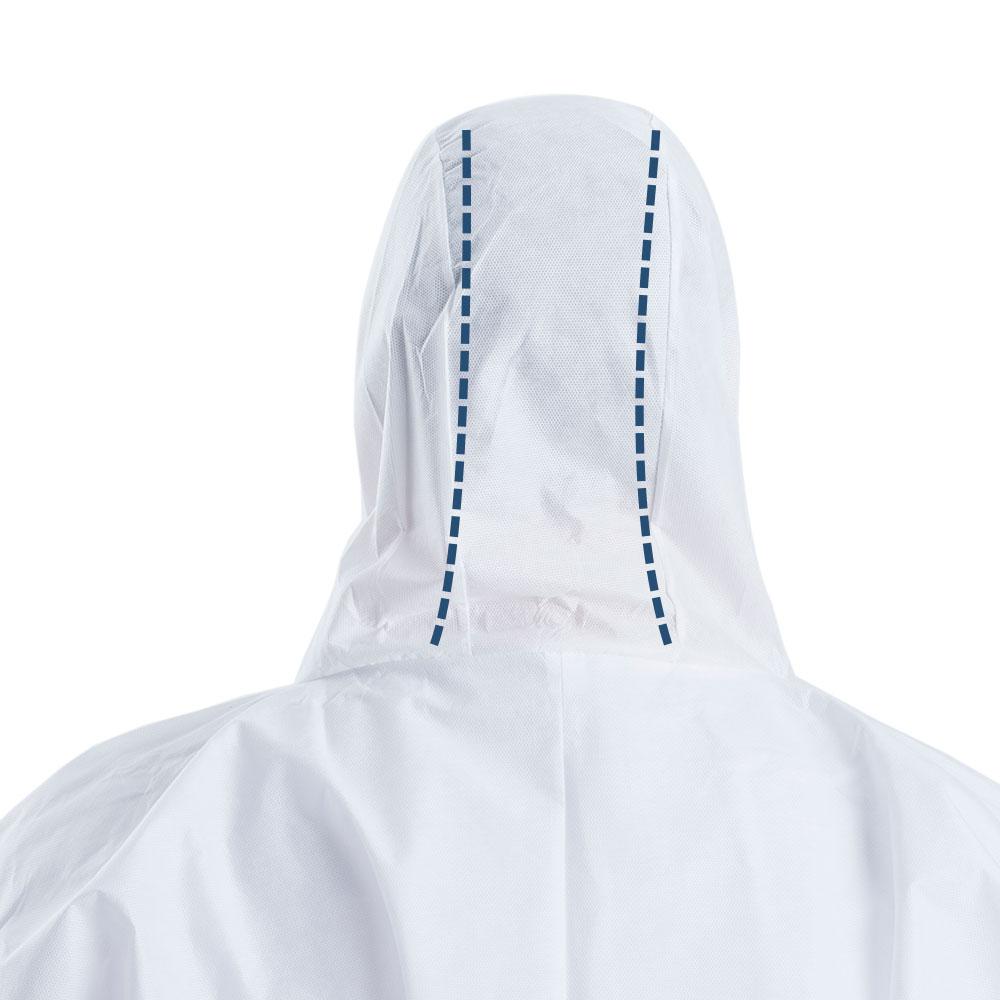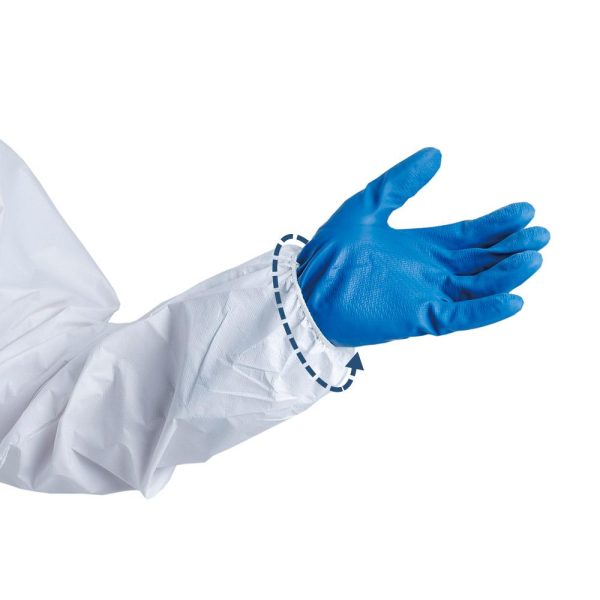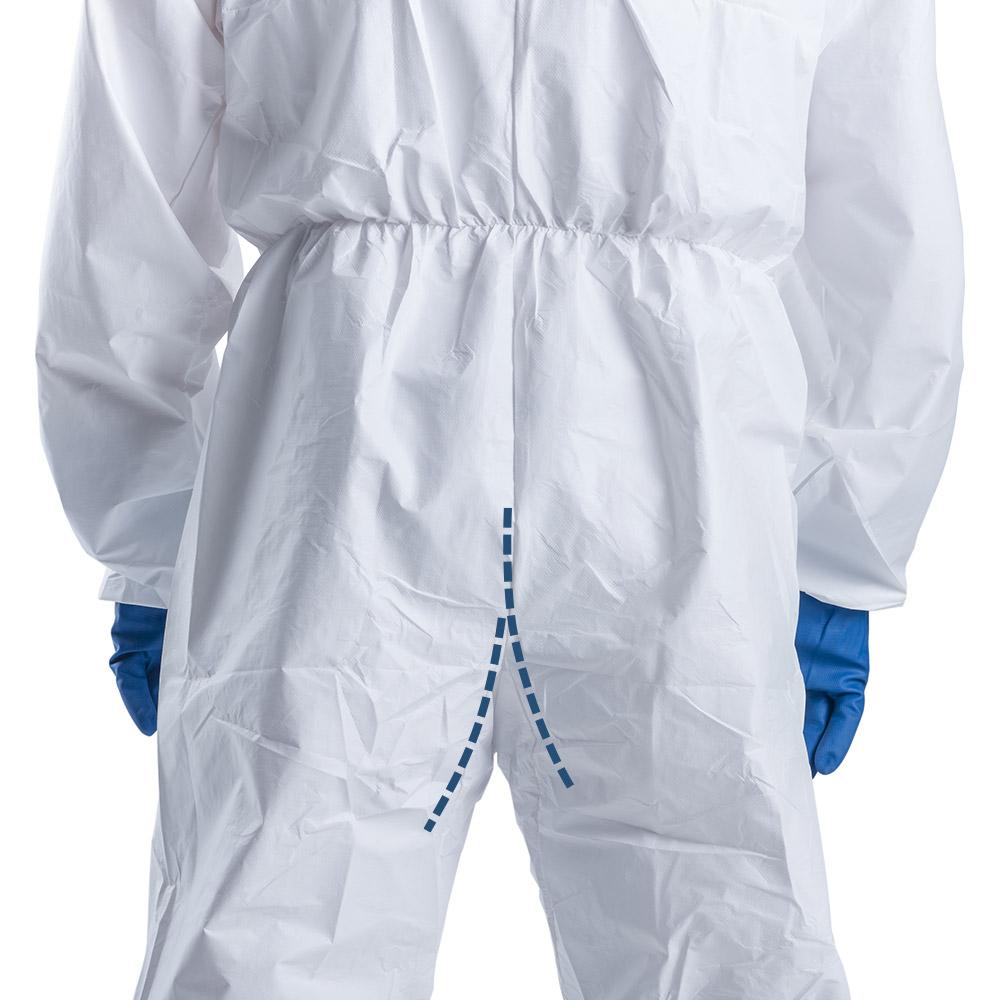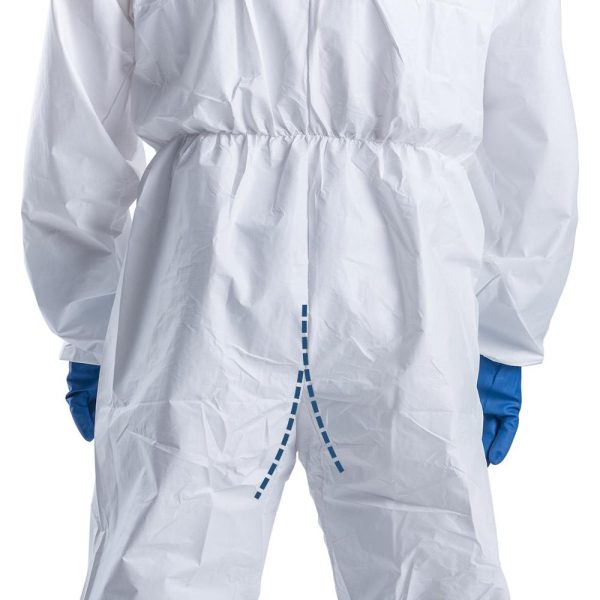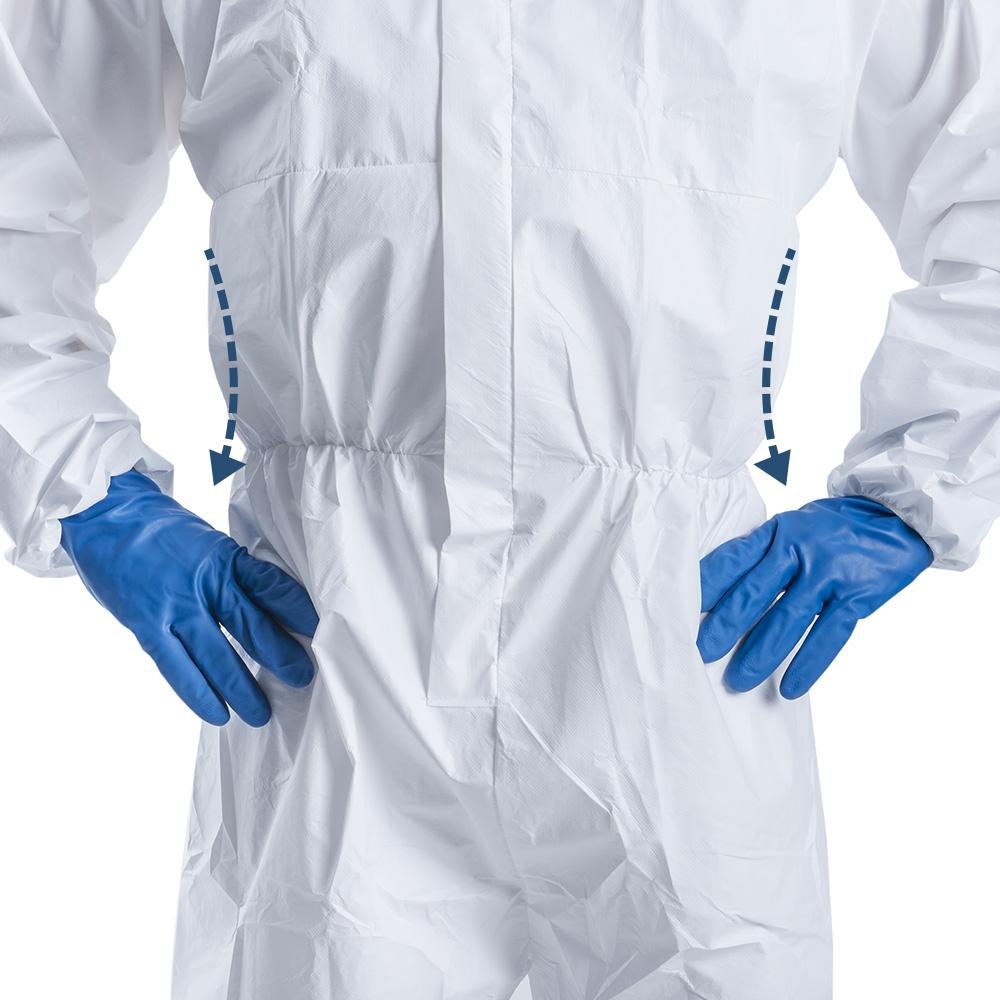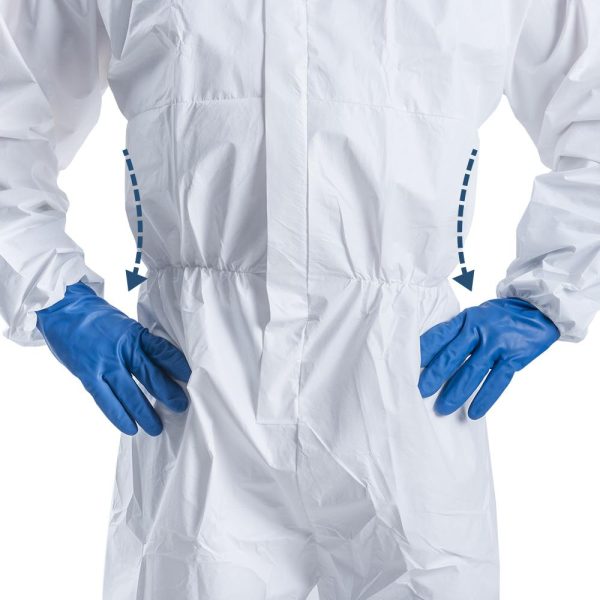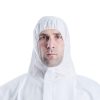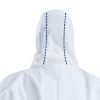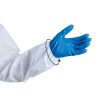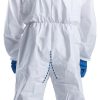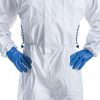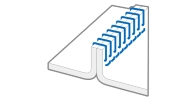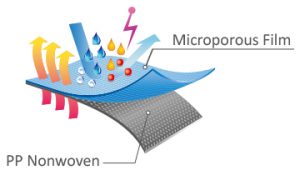Features
The premium microporous fabric offers an outstanding barrier against wide range of chemical liquids, blood, body-fluid and infective agents.
Fully meets EN 368, ASTM F1670 & EN 14126. The performance also exceeds both WHO protective clothing specification option 1 & 2 for Ebola infection control.
Protective suits against pesticides
Meets DIN 32781 requirement on both protection and comfort in agriculture application.
Breathable & comfortable
Fabric allows water-vapour transmission, which offers breathability to keep the wearer comfortable.
Low linting
Reduces the risk of fiber contamination to the work environment.
Suitable for ISO class 6 and above cleanroom.
The WHO recommended specification for coveralls against filovirus disease issued in Oct, 2014 stated that healthcare workers should choose appropriate protective apparel, which meets the following two requirements:
option 1, tested for resistance to blood and body fluid penetration: meets or exceeds ISO 16603 class 3 exposure pressure.
option 2, tested for resistance to blood-borne pathogen penetration; meets or exceeds ISO 16604 class 2 exposure pressure.
ULTITEC 2000 coverall is suitable for both ISO 14644-1 and US FED-STD 209E cleanroom standard. Test result shown in the following table:
| ISO 14644-1 Class | 1 | 2 | 3 | 4 | 5 | 6 | 7 | 8 | 9 |
| US FED-STD 209E | — | — | 1 | 10 | 100 | 1,000 | 10,000 | 100,000 | — |
![]()
![]()
![]()
![]()
![]()
![]()
- TYPE 5 EN ISO 13982-1 Dry Particle Suits-Suits for protection against hazardous dusts and any dry particles.
- TYPE 6 EN 13034 reduced spray -suits which offer limited protection against a light spray of liquid chemicals.
- EN 14126 Protective clothing can resist against biological hazards and infective agents.
- EN 1073-2 Protective clothing against particulate radioactive contamination.
- EN 1149-5 Electrostatic dissipative protective clothing with a surface resistance of maximum 2.5×10 exp 9 ohm.
- DIN 32781 Protective suits against pesticides.
- SIRIM-DOSH Approved (BS JKKP/2023/12-01/01/00165/0001)

